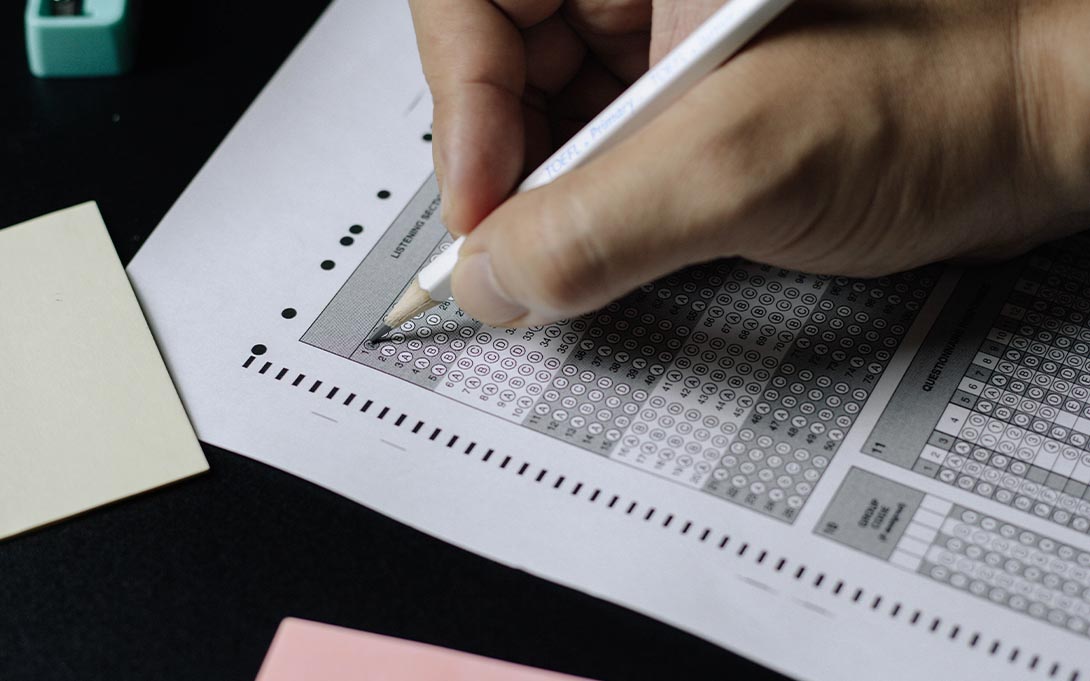Rotten Apples: An Investigation of the Prevalence and Predictors of Teacher Cheating
We develop an algorithm for detecting teacher cheating that combines information on unexpected test score fluctuations and suspicious patterns of answers for students in a classroom. Using data from the Chicago Public Schools, we estimate that serious cases of teacher or administrator cheating on standardized tests occur in a minimum of 4-5 percent of elementary school classrooms annually. Moreover, the observed frequency of cheating appears to respond strongly to relatively minor changes in incentives. Our results highlight the fact that incentive systems, especially those with bright line rules, often induce behavioral distortions such as cheating. Statistical analysis, however, may provide a means of detecting illicit acts, despite the best attempts of perpetrators to keep them clandestine.

We would like to thank Suzanne Cooper, Mark Duggan, Sue Dynarski, Arne Duncan, Michael Greenstone, James Heckman, Lars Lefgren, and seminar participants too numerous to mention for helpful comments and discussions. We also thank Arne Duncan, Phil Hansen, Carol Perlman, and Jessie Qualles of the Chicago Public Schools for their help and cooperation on the project. Financial support was provided by the National Science Foundation and the Sloan Foundation. All remaining errors are our own. The views expressed herein are those of the authors and not necessarily those of the National Bureau of Economic Research.
